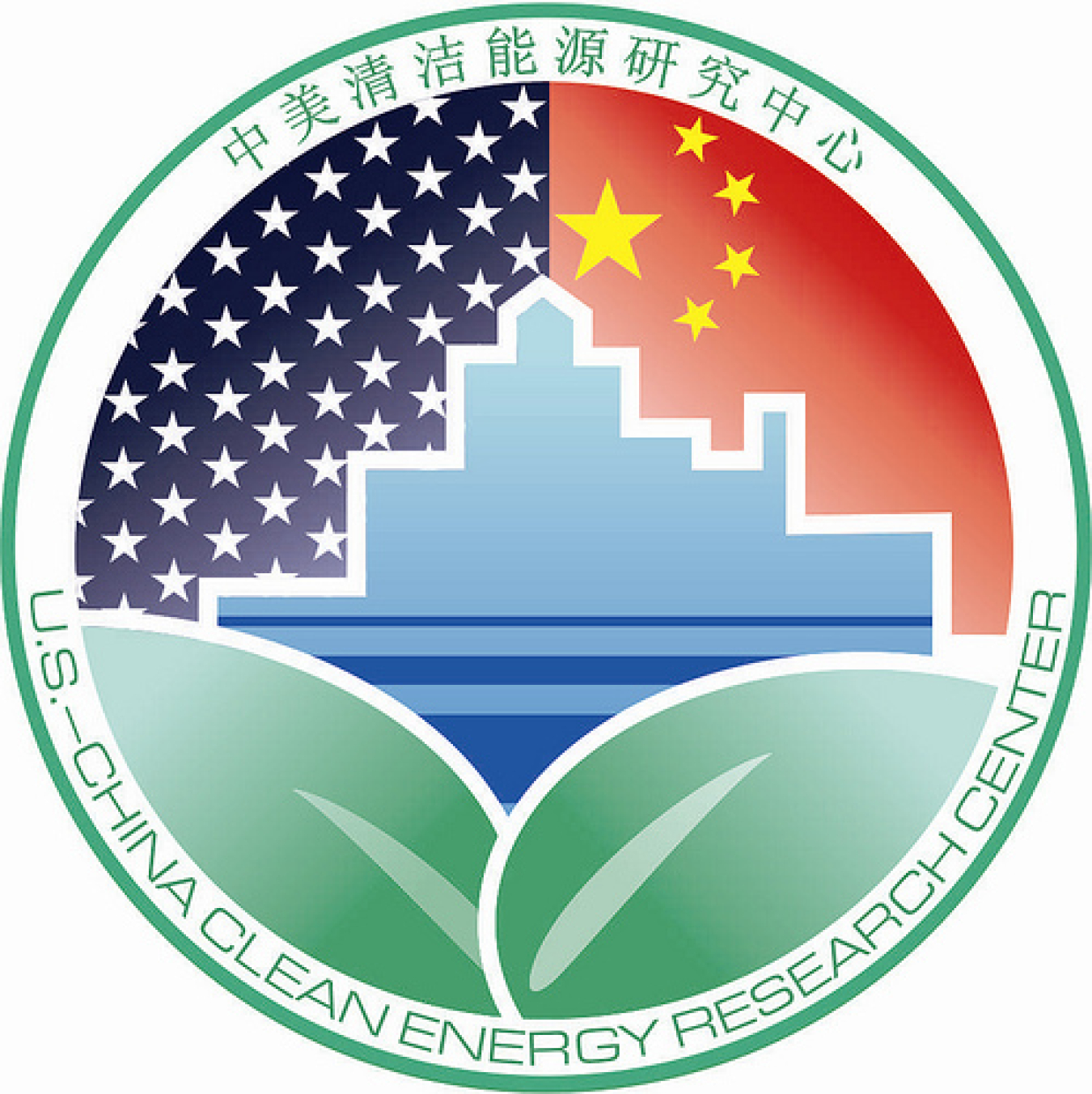Lead Performer: Lawrence Berkeley National Laboratory - Berkeley, CA
June 16, 2014Berkeley Lab Heat Island Group research assistant Sharon Chen prepares a prototype of high-performance cool shingle roofing. Credit: Heat Island Group, Lawrence Berkeley National Laboratory.
Lead Performer: Lawrence Berkeley National Laboratory - Berkeley, CA
Partners:
-- CertainTeed - Valley Forge, PA
-- BluePlanet - Stanford, California
DOE Funding: $200,000
Cost Share: $740,000
Project Term: October 1, 2012 - September 30, 2014
Project Objective
Asphalt shingle roofs are among the least reflective and widely used roof types in U.S. homes. Today’s “cool” asphalt shingles offer modest performance (solar reflectance [SR] typically ≤ 0.30) and are sold at a premium, limiting their net benefit and appeal to homeowners. Improved cool asphalt shingles with higher SR (about 0.40) and lower cost (comparable to standard, non-cool shingles) could save up to 50% more energy per unit roof area than the current generation of cool asphalt shingles, and more readily penetrate the residential roofing market. LBNL brings expertise in developing reflective roofing materials, while the industry partner brings expertise in developing practical, marketable products that can be mass-produced.
Project Impact
LBNL estimates that substitution of high-performance cool asphalt shingles for standard shingles on 30% of shingle-roofed homes in the two warmest US climates (RECS zones 4 and 5) would offer about 0.6 quad of primary energy saving over 20 years, with a present value of about $3.5B. These lifetime savings would average about $0.50 per square foot of roof area.
Contacts
DOE Technology Manager: Karma Sawyer
Performer: Ronnen Levinson, Lawrence Berkeley National Laboratory


